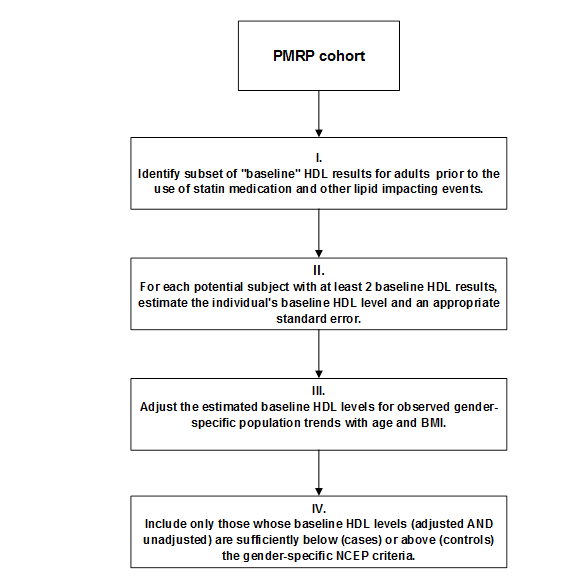Hearing Loss
Phenotype Description: individuals with sensorineural hearing loss (SNHL)
Below are algorithms used to identify individuals with SNHL at BioVU. If you have questions regarding any of the information presented on this page, you may contact either:
Wei-Qi Wei at wei-qi.wei@vanderbilt.edu or Joshua Denny at josh.denny@vanderbilt.edu

